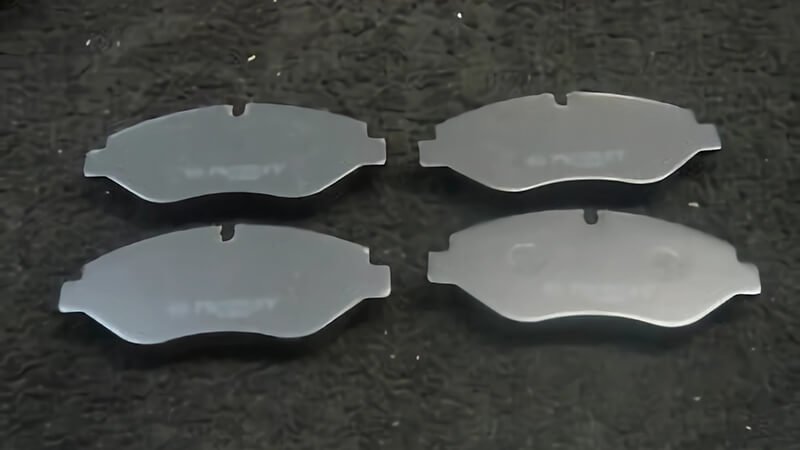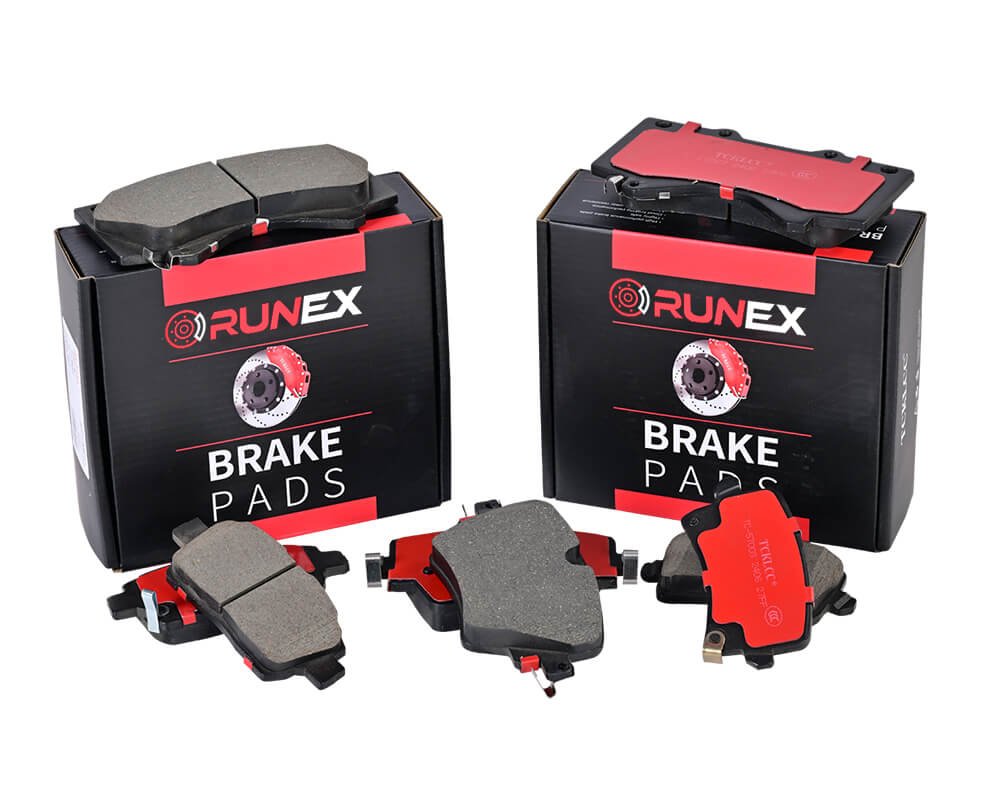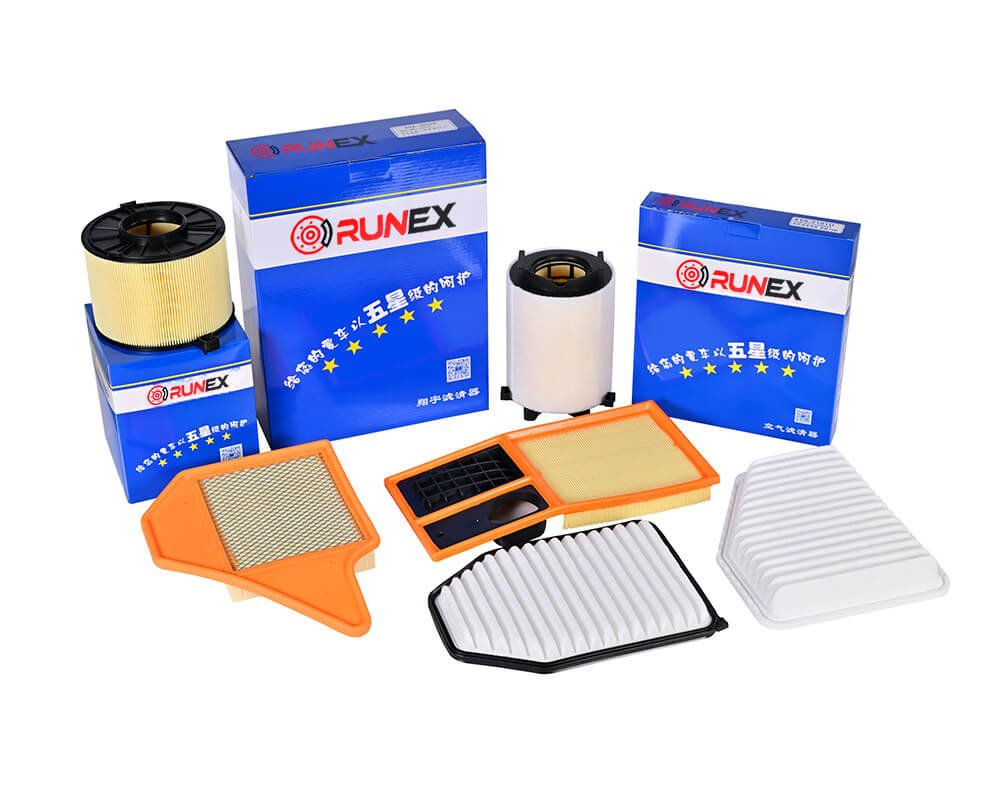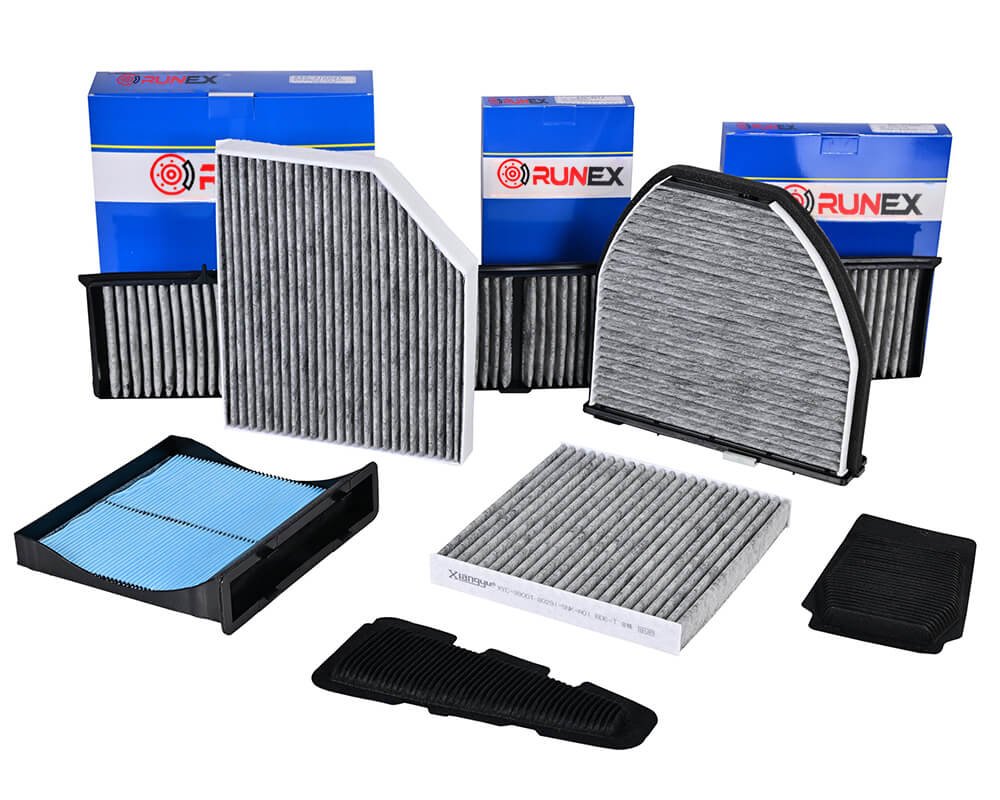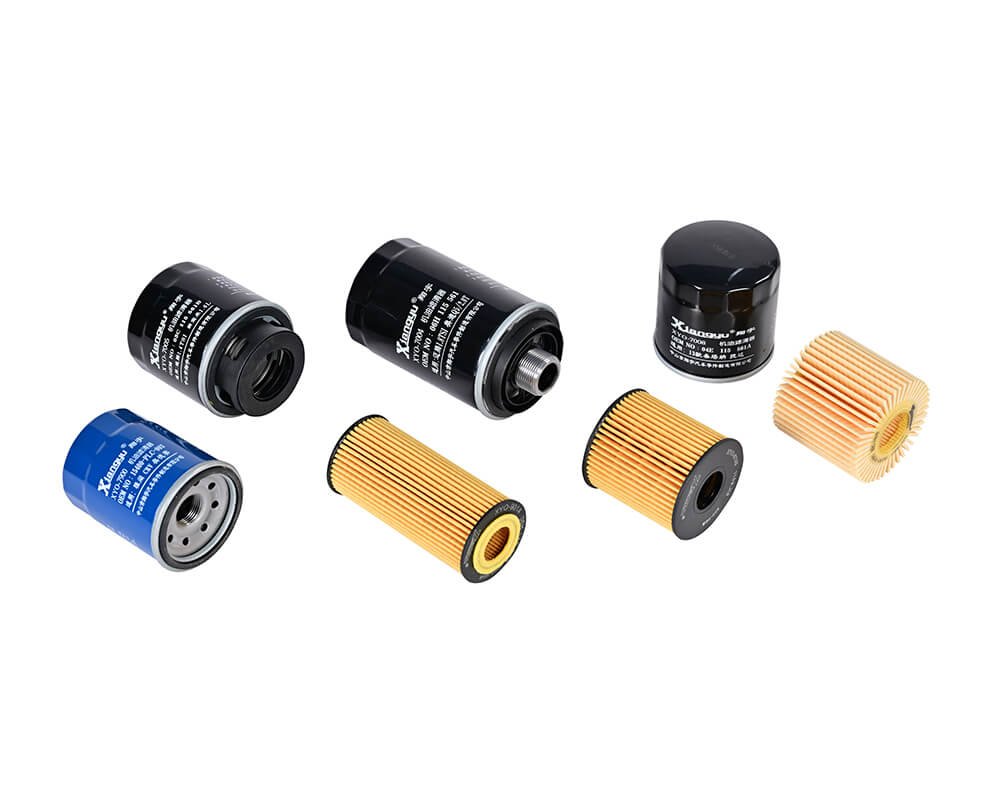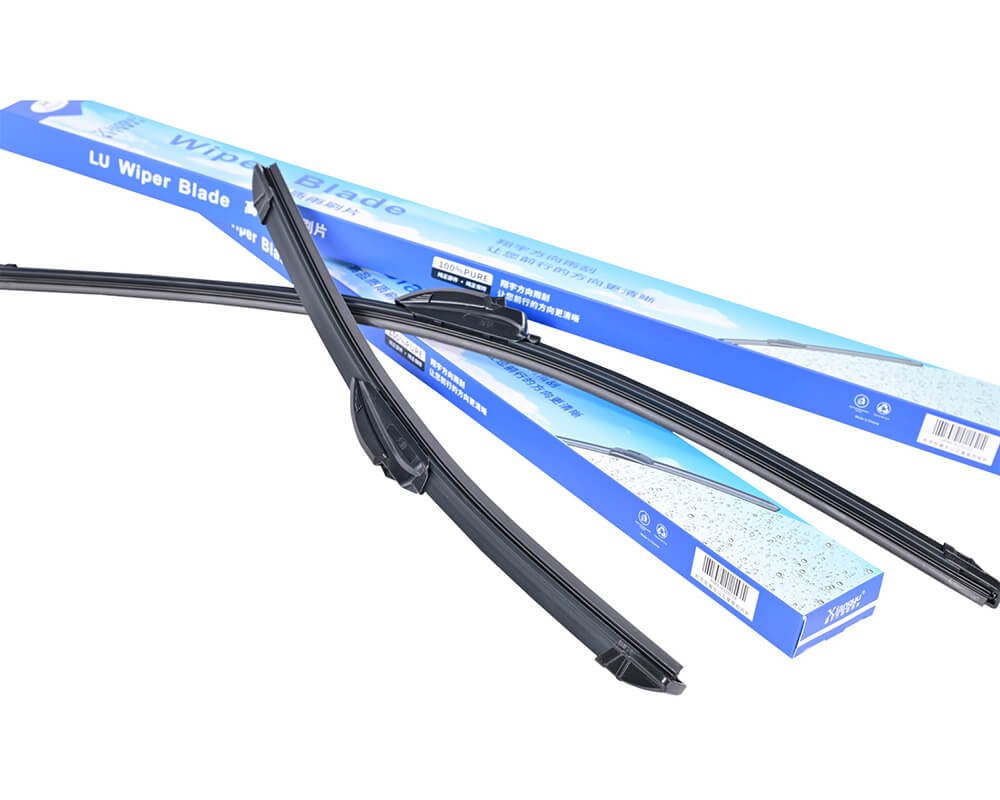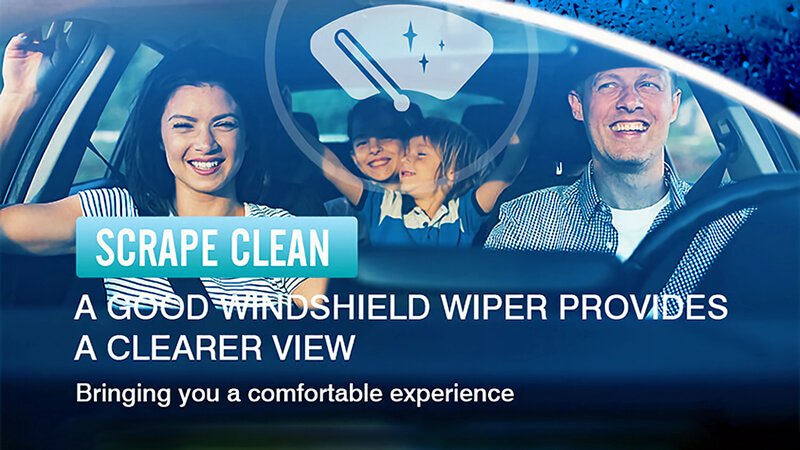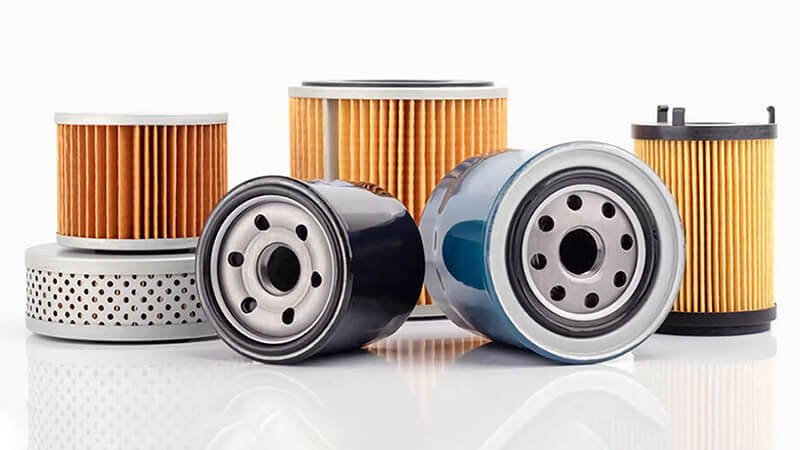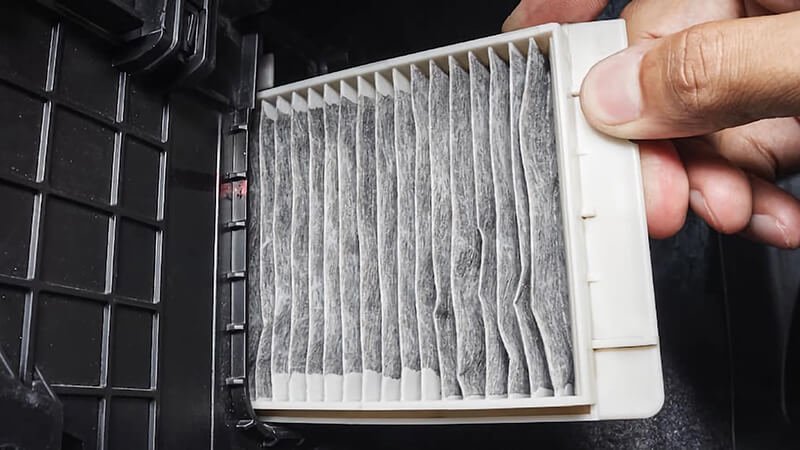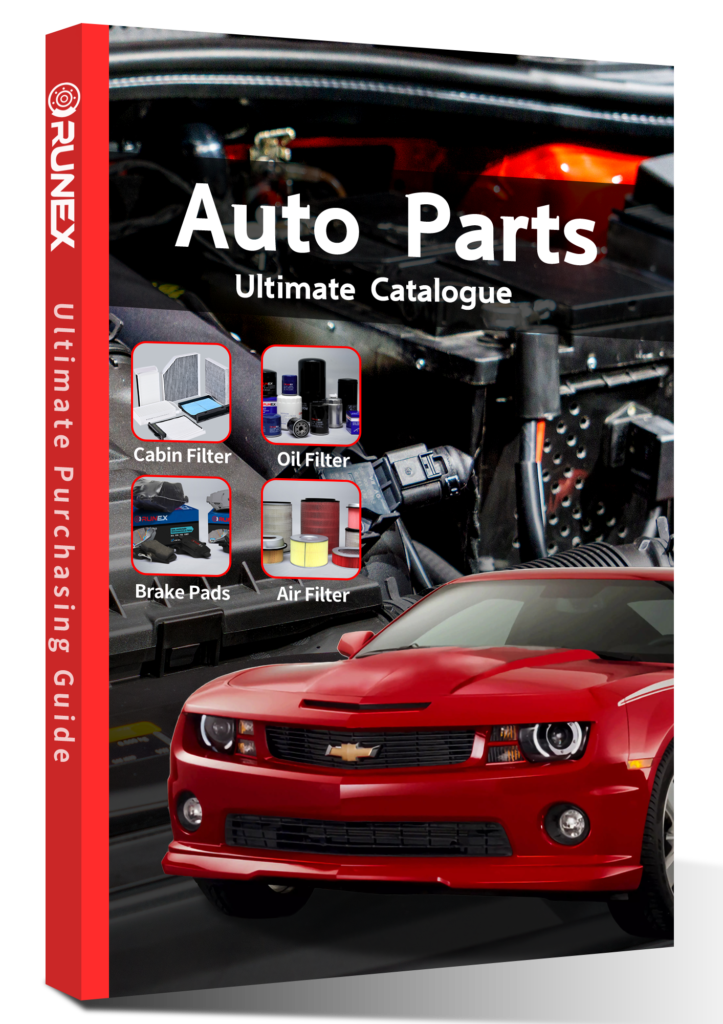Many buyers believe brake pads should only touch the rotor when the brake pedal is pressed. This sounds logical—but it’s not how disc brakes actually work. Misunderstanding this can lead to returns, complaints, or even safety risks.
Yes, brake pads are supposed to lightly touch the rotor even when the brakes are not applied. This small contact helps ensure fast braking response and prevents excessive pedal travel.
Some customers assume contact means something is wrong. But in fact, constant light contact is a design feature. Let's dive deeper into why that is, and what it means for performance, safety, and your bottom line.

Should brake pads be in contact with rotors?
Some clients think any touch between pads and rotors means friction, noise, or damage. This is a misunderstanding. The contact is intentional, and essential to the system's performance.
Brake pads should always lightly touch the rotors when the car is moving or stationary. This is part of how modern disc brake systems are engineered for safety and responsiveness.
How disc brakes work
Disc brake systems are designed to allow a very small, continuous contact between the pad and the rotor. When the driver is not pressing the pedal, the caliper pistons keep the pads just close enough to maintain light contact. This does three things:
- Prevents delay in braking response
- Reduces pedal travel
- Keeps the braking surfaces clean
If there is no contact, then there’s extra movement needed before the pad touches the rotor. This results in longer stopping distances, which can be dangerous at high speeds. On the other hand, heavy or uneven contact can indicate a problem like caliper sticking, warped rotors, or poorly manufactured pads.
Chamfered edges and OE specs matter
At Runex Auto, we supply OE-spec brake pads1 with chamfered edges2. This shape helps distribute pressure evenly and minimize noise. One of our clients experienced complaints due to squealing after switching from a low-cost supplier. We investigated and found their pads were too hard and had no chamfers, leading to poor contact and vibration. After switching to our spec, their complaints disappeared and returns dropped by 30%.
| Design Feature | Benefit |
|---|---|
| Light pad contact | Fast brake response, clean rotors |
| Chamfered edges | Noise reduction, even wear |
| OE material hardness | Balanced performance and durability |
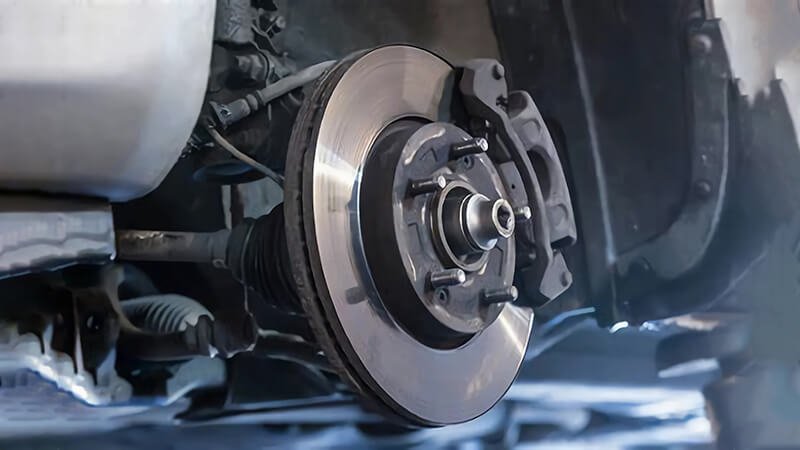
Why are my brake pads touching the rotor?
Many procurement managers hear complaints like squealing or grinding, and assume contact is the problem. But often, contact is not the issue—it’s the type of contact that matters.
Brake pads are designed to touch the rotor lightly, but if the contact is noisy, uneven, or constant under load, it may point to a quality or installation issue.
Diagnosing good vs bad contact
The key is understanding the difference between normal pad-to-rotor contact3 and problematic contact. Here’s how I usually explain it to B2B buyers:
- Normal: Pads are just lightly brushing the rotor. There’s no audible sound, and the wheel spins freely by hand (with slight resistance).
- Abnormal: You hear squealing, grinding, or feel pulsing through the pedal. The pad may be misaligned, glazed, or improperly installed.
Often, these issues trace back to one thing: cheap pads4 that don’t match the rotor’s metallurgy or shape.
At Runex Auto, we test every batch to OE friction coefficients and thermal resistance. One buyer told me our pads resolved a recurring grinding issue their last supplier couldn’t fix. Turns out, the competitor used overly aggressive material, which wore out the rotors too fast.
| Contact Type | Common Cause | Solution |
|---|---|---|
| Light, quiet | Normal operation | None needed |
| Loud, squealing | Pad glazing, no chamfer | Use OE-spec, chamfered pads |
| Grinding | Metal-to-metal contact | Replace pads and inspect rotor |

How close are brake pads supposed to be to the rotor?
Sometimes buyers assume any space between pad and rotor means safety. But too much gap causes delay and softer braking feel. So, how close is too close—or too far?
Brake pads should sit just fractions of a millimeter from the rotor, or maintain gentle contact. Excessive gaps can reduce braking performance.
The right amount of clearance
Modern brake calipers are designed with built-in retraction mechanisms. These pull the pads back slightly after braking, but not far enough to lose readiness. Most calipers allow about 0.1mm to 0.3mm clearance5. This is enough to avoid drag but close enough for fast re-engagement.
Problems occur when:
- The caliper piston sticks6 and keeps the pad pressed too hard.
- The pad backing plate is poorly machined, causing uneven spacing.
- The brake pad compound swells under heat due to poor material.
To avoid these, I always advise buyers to ask suppliers for spec drawings and tolerances7—especially if they’re sourcing from different regions. A pad that’s just 0.2mm thicker than spec can cause drag, heat buildup, and noise.
| Clearance Level | Result |
|---|---|
| 0 mm | Drag, overheating |
| 0.1–0.3 mm | Ideal, fast brake response |
| >0.5 mm | Delayed braking, poor response |
We always machine our pads to within ±0.1mm thickness tolerance, and test them for caliper fitment before shipping. That’s a small detail, but it makes a big difference during high-speed braking.

Should brake pads touch the disc?
“Disc” and “rotor” are often used interchangeably. Some clients ask if pads should touch the disc surface when driving normally. Again, the answer is: yes, slightly. But not enough to cause noise or drag.
Brake pads should gently touch the disc at all times. This allows for immediate braking without waiting for pad engagement.
When touching becomes a problem
Touching becomes an issue when:
- The rotor is warped or grooved, creating uneven contact
- The pads are too aggressive or hard
- The caliper is sticking due to rust or seal failure
These problems can increase heat, reduce stopping power, or create noise. But the contact itself is not the enemy. It’s poor matching of pad and rotor specs.
For example, a European client once received pads from a low-cost source. After installation, drivers complained of brake fade during summer. We tested their old pads and found the compound was not heat-resistant enough. After switching to our Runex OE compound8, their brake fade issue vanished—even during long highway drives.
| Issue | Root Cause | Fix with Runex Solution |
|---|---|---|
| Uneven wear | Rotor not compatible | Use matched OE rotor-pad sets9 |
| High temperature | Poor compound quality | Upgrade to thermal-resistant pads10 |
| Noise at contact | No chamfer or back shim | Use chamfered, shimmed pads |
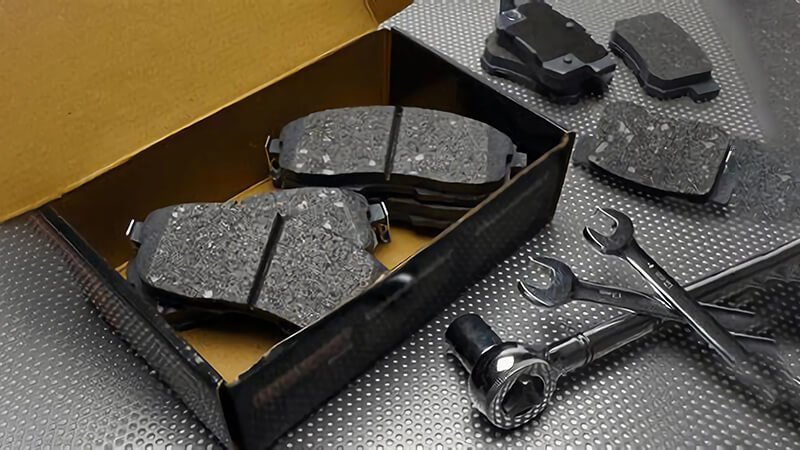
Conclusion
Brake pads11 are supposed to touch the rotor—but only just. This tiny contact is what keeps modern disc brakes responsive, safe, and effective. The key is quality—pads must be designed to OE spec, matched to the rotor, and made with the right compound. At Runex Auto, we help procurement managers avoid guesswork by delivering consistent, tested, and well-fitted brake pads—ready for any road, any season.
-
OE-spec brake pads ensure optimal performance and safety. Discover why they matter for your vehicle's braking system. ↩
-
Chamfered edges can significantly reduce noise and improve braking efficiency. Learn more about their advantages here. ↩
-
Identifying normal contact is crucial for maintaining brake efficiency and safety in your vehicle. ↩
-
Understanding the impact of cheap pads can help you make informed decisions for better vehicle performance. ↩
-
Understanding the ideal clearance can help you ensure your braking system performs efficiently and safely. ↩
-
Learn about the causes and solutions for a sticking caliper piston to maintain your vehicle's braking efficiency. ↩
-
Discover the significance of specifications in brake pad production to avoid performance issues and ensure safety. ↩
-
Explore how Runex OE compound can enhance your vehicle's braking system and eliminate issues like brake fade. ↩
-
Discover the significance of using matched OE rotor-pad sets to ensure optimal braking efficiency and safety. ↩
-
Learn about the benefits of thermal-resistant pads for better heat management and improved braking performance. ↩
-
Know all details about Runex brake pads, and clicking this link to get your best prices for your business. ↩

